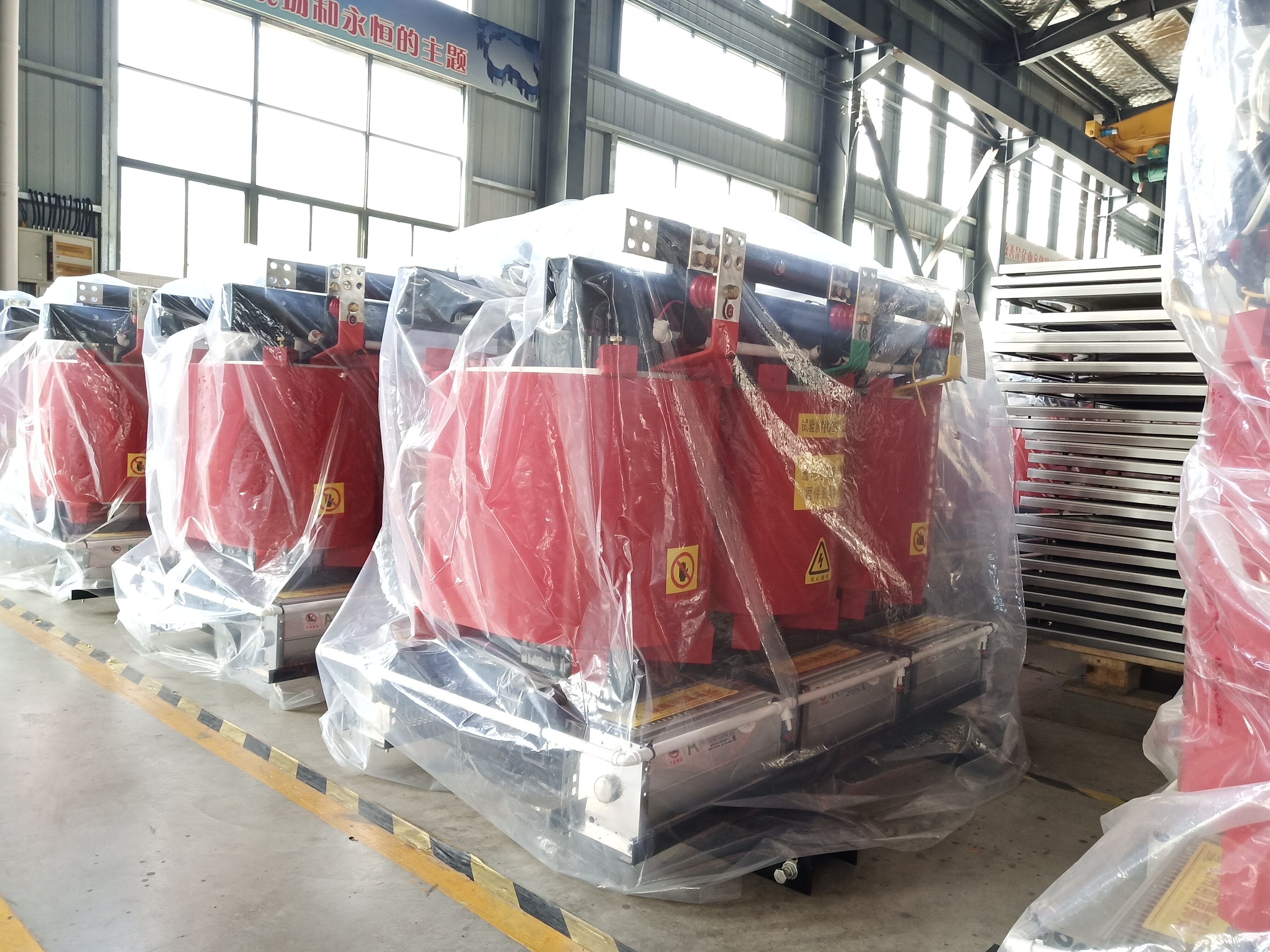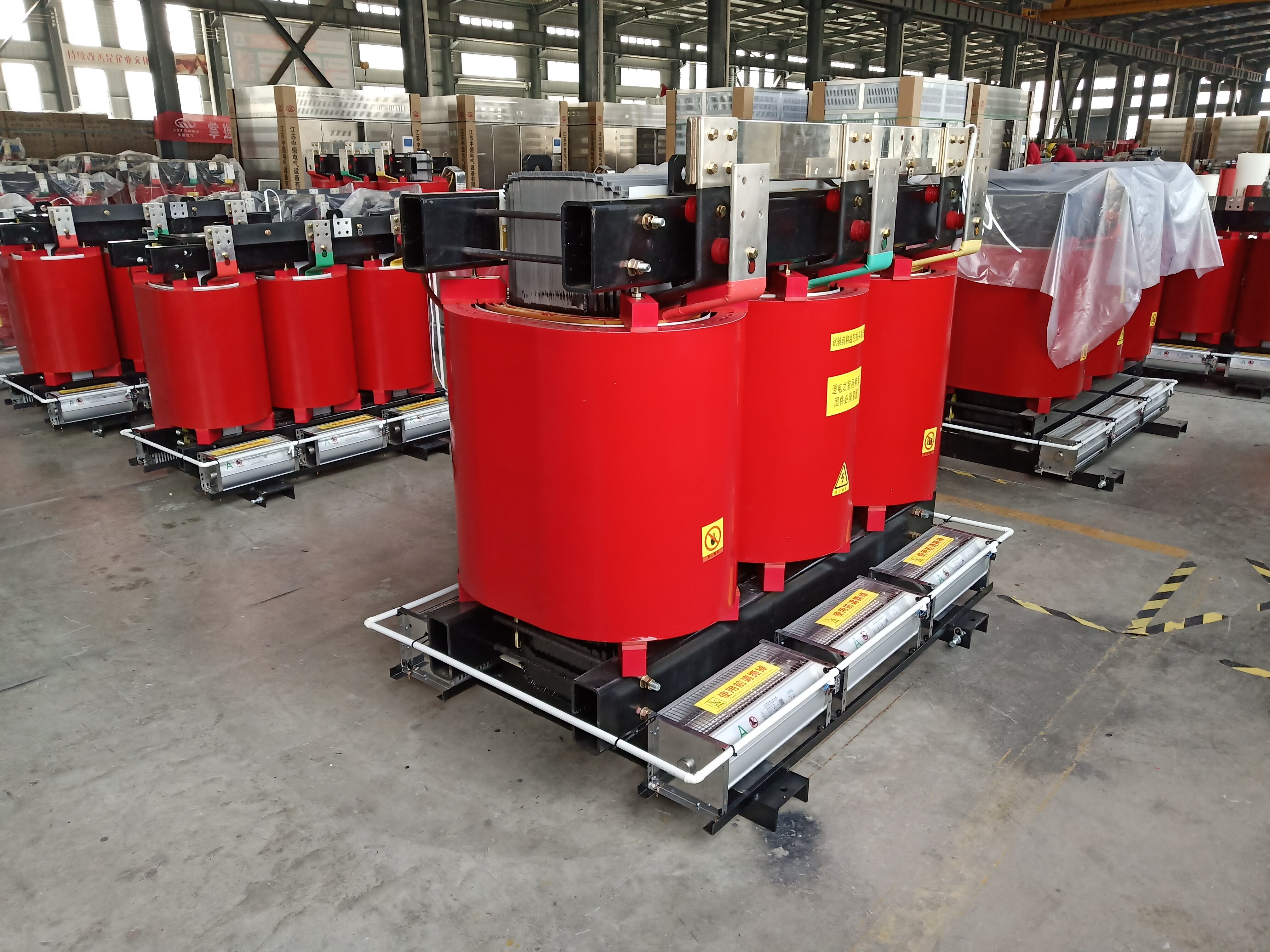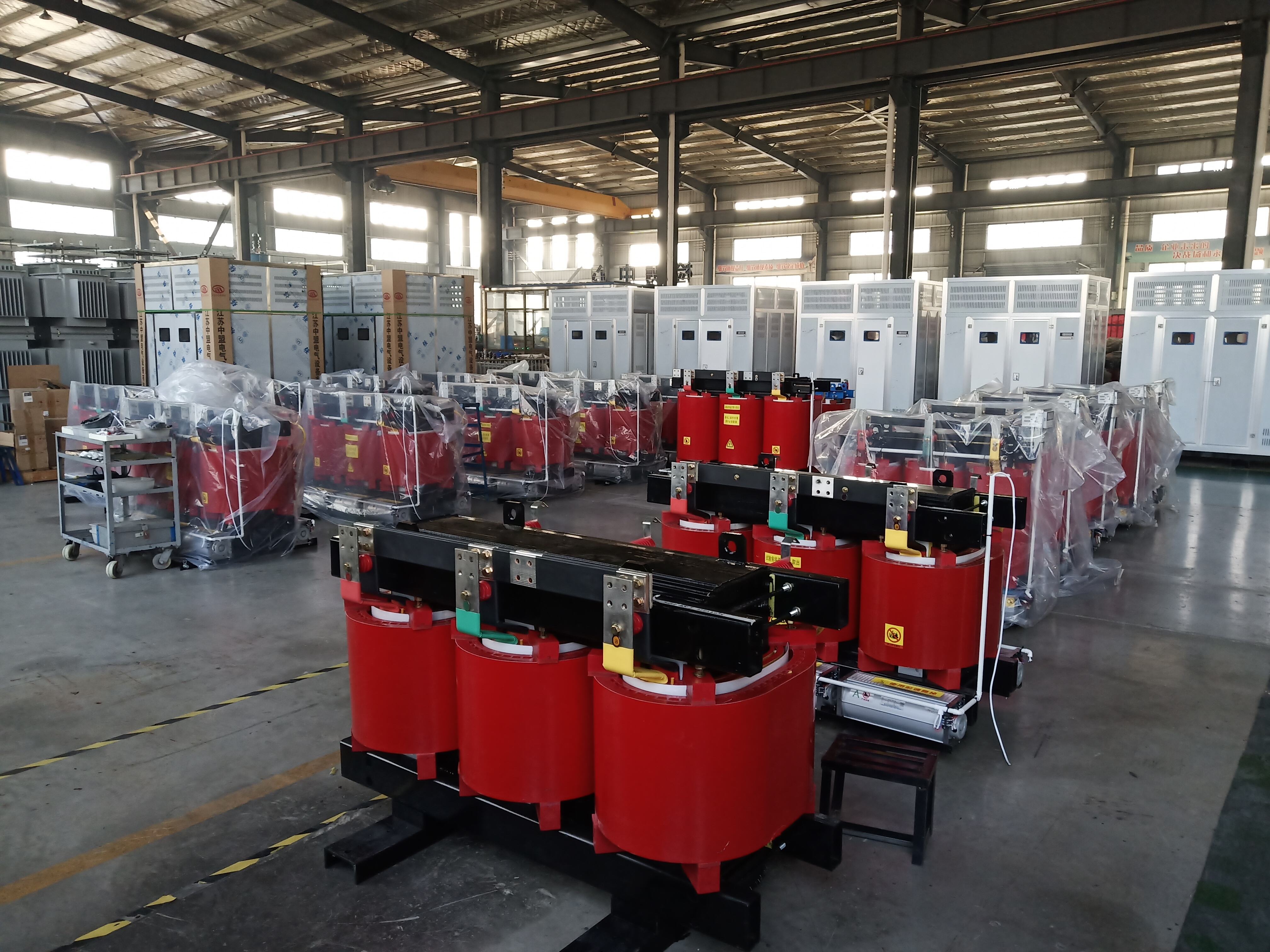type of distribution transformer
Distribution transformers are essential electrical devices that serve as critical components in power distribution networks. These transformers are designed to step down high voltage electricity from transmission lines to lower voltages suitable for end-user consumption. Operating at the final stage of the power distribution system, they typically reduce voltages from 4.16kV-34.5kV to 120V-600V for residential, commercial, and light industrial applications. Modern distribution transformers incorporate advanced core materials, such as grain-oriented silicon steel, which significantly reduces energy losses and improves operational efficiency. They feature sophisticated cooling systems, including oil-immersed or dry-type designs, ensuring reliable performance under various environmental conditions. These transformers are equipped with tap changers for voltage adjustment, temperature monitoring systems, and protective devices against overload and short circuits. Their robust construction includes specially designed windings that withstand electrical and mechanical stresses, while their enclosures provide protection against environmental factors. Distribution transformers play a vital role in maintaining power quality, featuring designs that minimize harmonics and voltage fluctuations. They are available in various configurations, including pole-mounted, pad-mounted, and underground installations, offering flexibility in deployment based on specific application requirements.


